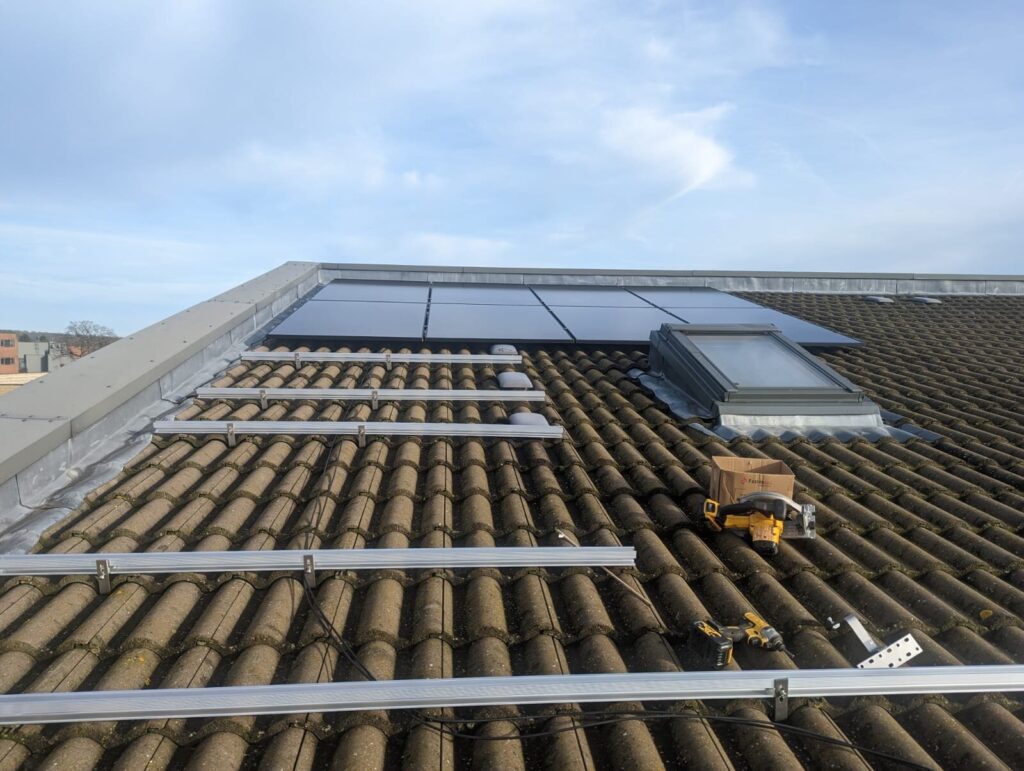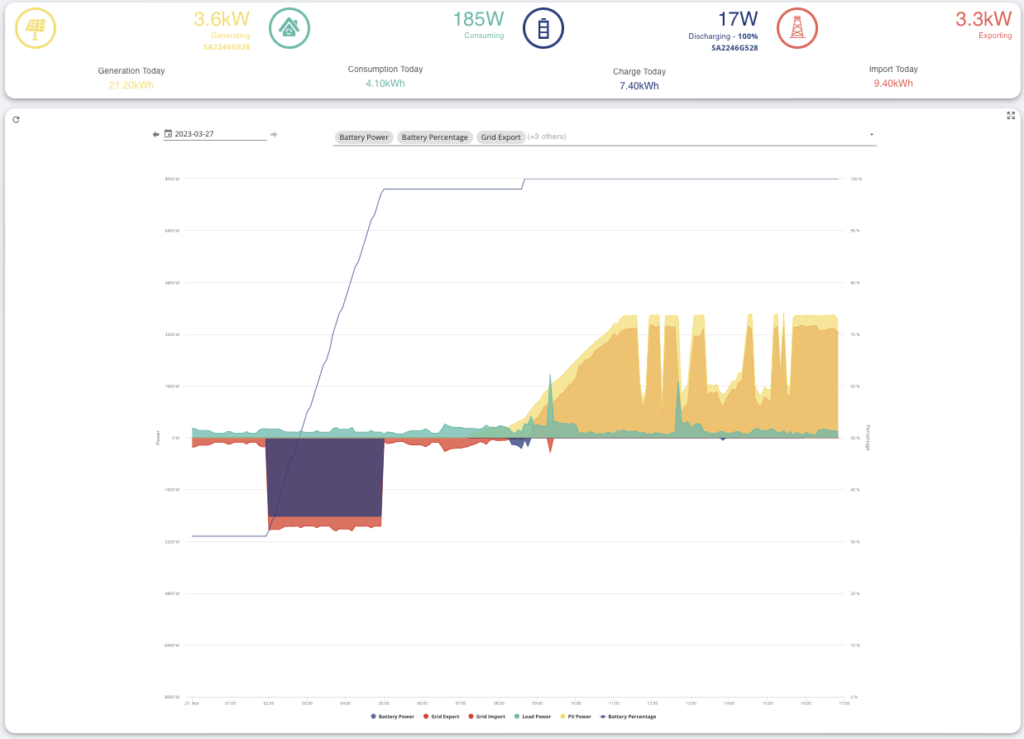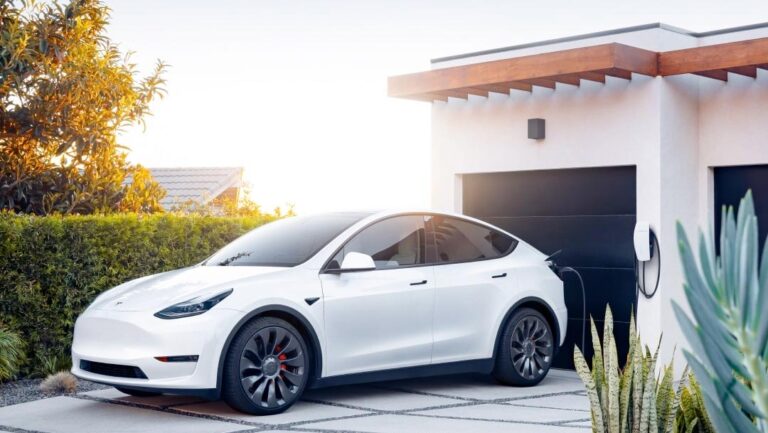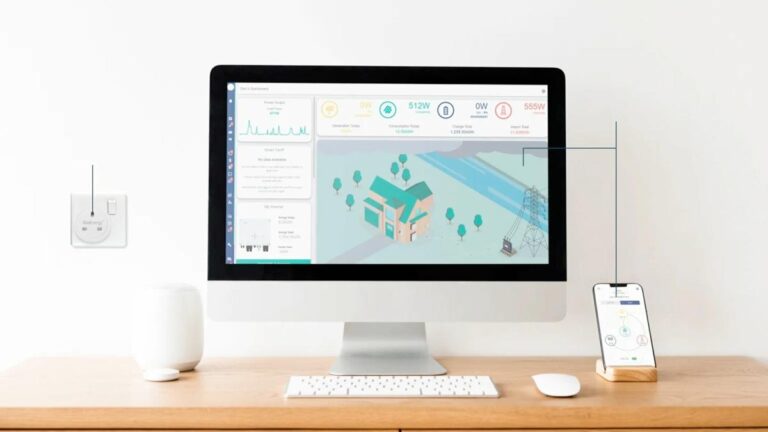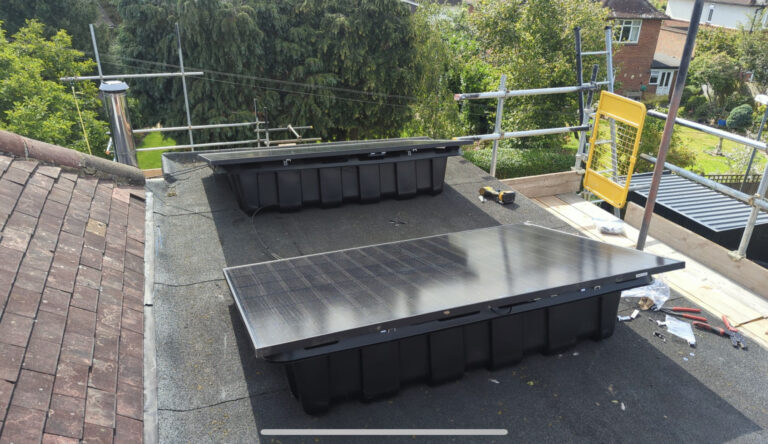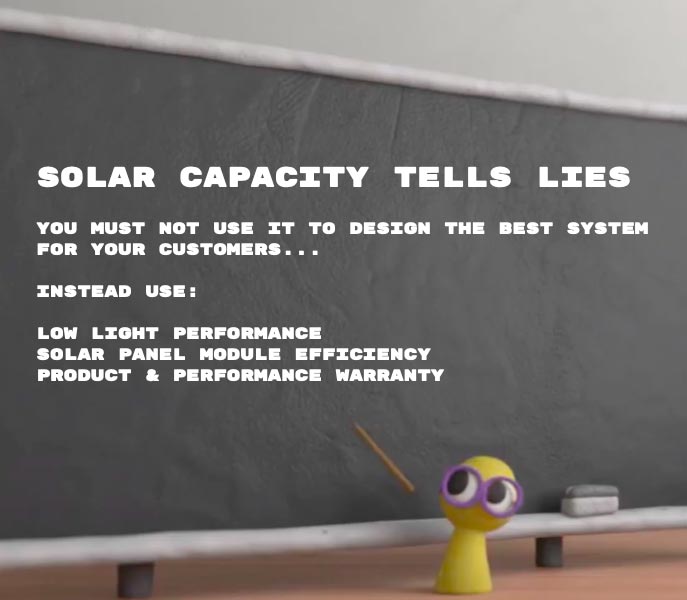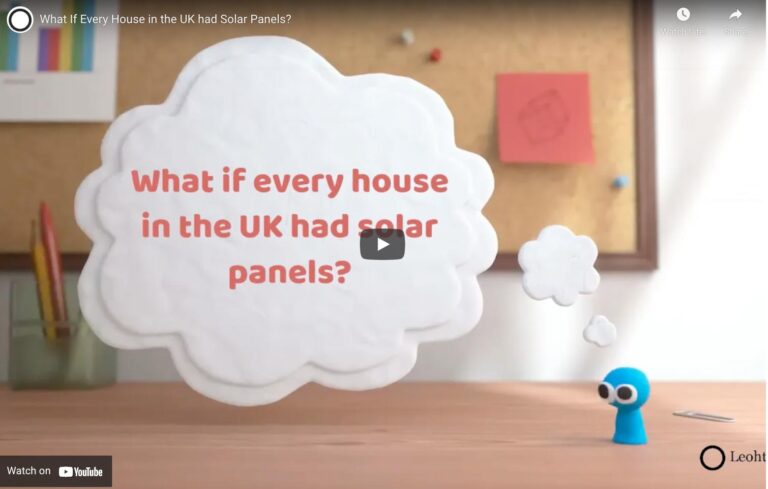A case study: 6.4kW solar system, 3.6 kW GivEnergy hybrid inverter, 9.5 kWh battery storage, emergency power supply and Octopus Flux.
Location.: Edgware
Estimated annual solar generation: 5593 kWh
Estimated annual electricity consumption: 3700 kWh
Total cost: £13,420
Potentially a very negative electricity bill or lots of power available to add an electric car or a heat pump…we will update this case study in 1 year.
Work in progress
Planning permission was required to install solar PV on this new build estate. We used all black solar panels from Hanwha Q Cells, for their low light performance, which we think enhances the look of the roof.
Array completed
To maximise the area covered by solar panels we use 3D digital surface mapping which showed we could get an extra panel beneath the skylight if mounted in landscape. This also helps with creating unique designs (below).
The homeowner is now enjoying powering their home with their own electricity, even before Octopus Flux, no matter what happens to electricity prices, this customers usage would have been close to £0 for the year.

Solar generation Vs electricity consumption

Octopus Flux rates
Why it’s a game changer for solar and battery storage owners. Charge your battery at 21p/kWh and sell for 38p/kWh everyday…automatically. On top of all the usual solar and battery storage benefits.
The day export rate of 25p/kWh is also very good.
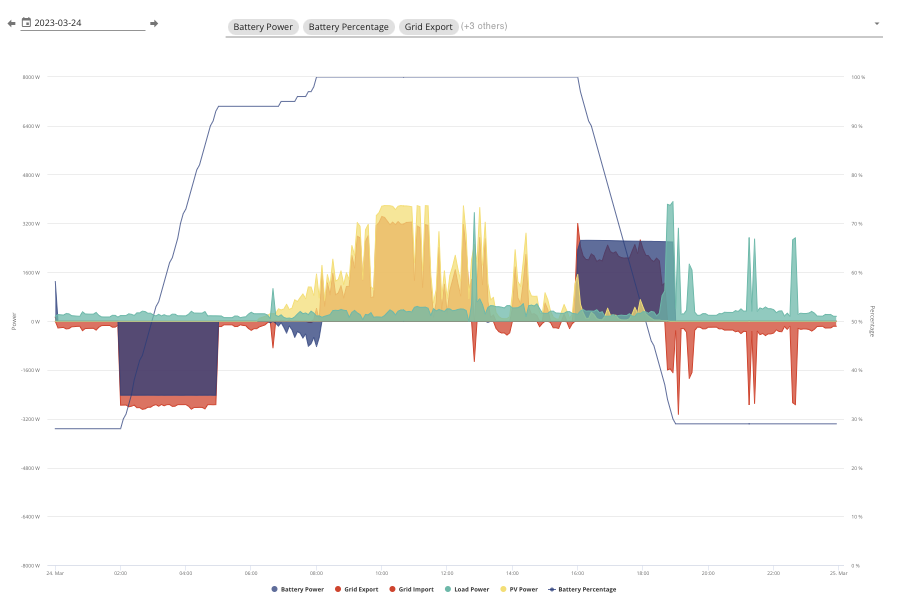
Buy…Sell…automatically everyday…
Decrentralised power generation is the future, this homeowner will never be held to ranson by the fossil fuel providers again, the system will pay for itself over time, they’ll add value to their house, they’ll help the nation use more renewable energy and be paid for helping the grid meet peak demand.
The homeowner’s battery has charged overnight ready to export as much as possible during the peak period of 4pm – 7pm. Taking power from Wind & Nuclear when demand is low and providing it when demand is highest.
The profit on this trade alone is 17p/kWh x 9 kWh = £1.53…every day on top of savings from solar and export payments.
Whilst helping the grid use more renewable electricity and helping the nation reduce having to use very expensive short term electricity generation.
Emgency power supply
This household also opted for an emergency power supply whereby two plug sockets will still be able to be used in the event of a powercut.
There is a (very good) rule that no grid connected circuit can be powered in the event of a powercut – ensuring the person fixing the lines does not get electrocuted. To provide emergency power in a powercut, you can either install plug sockets supplied by the EPS outlet on the inverter, fit a seperate consumer board fed by the inverters EPS outlet with your chosen sockets (E.g lighting or security) or to the back up the whole house you would need a changeover switch to physically disconnect the house from the grid in the event of a powercut.

“Alexa, ask GivEnergy how much charge is in my battery?”
“Alexa…how much is my solar currently generating?”
Great for deciding when to put the washing on or charge the car!
Our systems now work with Alexa, meaning planning your usage is even easier leading to much higher savings than normal.

6.64 kW Solar system.
6.8 kWh Q Cells battery
Cost £14,437 inc VAT.
This customer wanted the best available. We used the most efficient Jinko panels (22%) with a Q Cells inverter and battery, it uses Samsung battery cells and comes with a 15 year parts & labour warranty.
This system will pay for itself in 7 years.

5.44 kW Solar system.
5 kWh Huawei battery
Cost £10,660 inc VAT.
One of my favourite installs. A single row of 8 all black Q Cell panels, chosen for their low light performance, at the top of each roof face enhances the aesthics of the home whilst generating more electricity than they use per year.

5.74 kW Solar system.
9.5 kWh GivEnergy battery
Cost £12,960 inc VAT.
Limited for space inside. This inverter and battery was mounted to the wall outside next to their aircon unit. The smart battery and inverter is able to connect to your utility supplier and make full use of a smart tariff.
This install will pay for itself in 6-8 years.
Take control of your energy supply
Leoht will provide an honest appraisal of how much energy your home could generate and provide a competitive quotation
Faq’s about solar installation in the UK
Approximately £5500 + 5% VAT. For average usage, you can expect savings of £5-600+ per year.
To find out how much solar would cost to install on your home specifically and to estimate your savings, you would need to request a free solar design.
Approximately £6250 + 5% VAT. For average usage, you can expect savings of £600-750+ per year.
To find out how much solar would cost to install on your home specifically and to estimate your savings, you would need to request a free solar design.
Approximately £7500 + 5% VAT. For average electricity usage, you can expect savings of £750+ per year.
To find out how much solar would cost to install on your home specifically and to estimate your savings, you would need to request a free solar design.
£8500+ plus 5% VAT. Depending on your usage. You could expect savings of £900+ per year.
To find out how much solar would cost to install on your home specifically and to estimate your savings, you would need to request a free solar design.
There are a number of factors that make up the cost of a solar installation.
From the more obvious – the number and quality of the domestic solar panels, the type and quality of the inverter. To the less obvious – how complex/how much scaffolding would be needed? Do the roof tiles need added protection from potential damage? Is there a free space in the consumer unit? Will a new small dedicated circuit board have to be installed? How far/complex is the cable route from the panels to the inverter to the consumer unit and meter?
Whether a battery is added/how many batteries. Our free design will give you options with/without a solar battery so you can see the difference it would make and decide if a solar battery is worth it.
To the type of roof covering – slate roofs tend to be £400 more expensive than concrete tiles for example.
Yes.
You will pay for electricity anyway, why not generate the energy yourself instead?
You’ll be making a financial return, tax-free, which will exceed all comparable alternatives such as an annuity or fixed-term savings account. It will increase the value of your home – now proven. You’ll protect against further energy price increases.
And if that’s not enough, you’ll also offset a significant amount of your carbon emissions – playing a small part in tackling the climate crisis.
